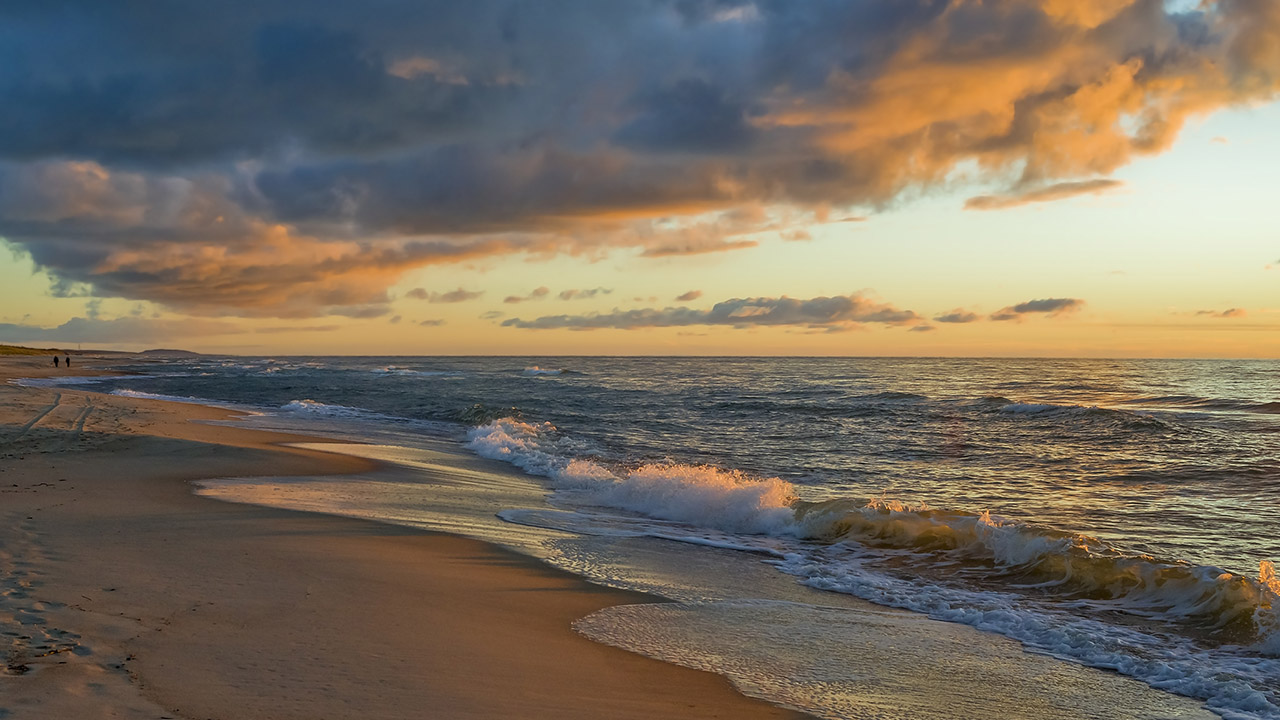If you visit swimming pools or beaches in Lithuania, you’ll notice lifeguards on duty to keep everyone safe. A lifeguard’s essential role is to prevent accidents and respond quickly in emergencies work which requires specialized preparation. A lifeguard course in Lithuania serves this purpose, preparing individuals to protect swimmers at beaches, lakes, waterparks, and pools.
Lithuania has a vibrant aquatic culture from Baltic Sea beaches to lakes, public pools, recreation centers, and splash zones. With so many places to swim, the demand for lifeguards rises in the busy summer months when aquatic activity peaks.
Lifeguard Course in Lithuania
Lifeguards serve at beaches, waterparks, lakes, and swimming pools throughout the country to protect swimmers. With a range of aquatic facilities available, there are ample opportunities for those who want to pursue lifeguarding as a rewarding role.
A lifeguard course in Lithuania is the first step toward building a career in aquatics. Once certified by a respected organization such as the American Lifeguard Association (ALA), candidates are well-positioned to seek employment at beaches, pools, and aquatic centers.
ALA training centers in Lithuania offer multiple lifeguard programs and certifications. While demand peaks in summer, training and employment opportunities continue year-round thanks to numerous indoor facilities.
With over 30 years of experience, ALA has trained lifeguards who serve communities around the world. Certification through ALA is widely recognized by employers and signals professionalism and a strong commitment to safety.
About the American Lifeguard Association
The American Lifeguard Association is supported by Global Lifeguards and the Swimming Pool and Spa Foundation, both 501(c)(3) nonprofit organizations dedicated to reducing drownings and improving aquatic safety.
ALA’s mission is to make swimming pools, beaches, and waterways safer. To achieve this, ALA works directly with employers across regions to train lifeguards and establish strong safety practices.
ALA has been referenced by public health and safety organizations, including:
- The CDC Healthy Swimming Program
- The U.S. Department of Labor
- The U.S. General Services Administration (GSA)
- Since the early 1990s, ALA has aligned its programs with Occupational Safety and Health Administration (OSHA) requirements.
Training reflects the latest ECC science and incorporates findings from the Lifeguard Training Standards Coalition Report. In addition, ALA requires employers to meet Model Aquatic Health Code (MAHC) recommendations for pre-service evaluations and in-service training.
Requirements for a Lifeguard Course in Lithuania
To enroll in the American Lifeguard Association’s lifeguard course in Lithuania, candidates must meet minimum age requirements commonly recognized:
15 years or older to work at a swimming pool, waterpark, or lake
16 years or older to work at a beach or waterfront facility
Candidates must also demonstrate these ALA prerequisite skills to successfully complete the program:
Swim 300 yards continuously, using:
100 yards of front crawl with rhythmic breathing and a stabilizing, propulsive kick
100 yards of breaststroke using a pull, breath, kick, and glide sequence
100 yards of either front crawl or breaststroke (or a combination of both)
Complete a timed event:
Start in the water; swim 20 yards using front crawl or breaststroke
Surface dive 7–10 feet to retrieve a 10-pound object
Return to the surface and swim 20 yards back with the object
Exit the water without steps or a ladder—all within 1 minute, 40 seconds
Upon successful completion, participants receive an American Lifeguard Certificate in Lifeguarding, CPR/AED for the Professional Rescuer, and First Aid, valid for two years.
Would you like to read about: Lifeguard Training in Belarus
Lifeguarding in Lithuania: Long-Term Career Options
Although many view lifeguarding as a summer job for students, it can grow into a long-term profession. Year-round roles are available at indoor pools and aquatic centers, and with additional training, lifeguards can advance into positions such as:
Water Safety Instructor
Swim Coach
Aquatic Supervisor or Manager
These roles offer higher pay, leadership opportunities, and a career dedicated to public health and safety.
Learning Skills with a Lifeguard Course in Lithuania
During the ALA course, participants develop a comprehensive set of skills across rescue techniques, CPR/AED, and First Aid.
Rescue Skills
Slide-In Entry
Stride and Compact Jumps
Rescue Approach (front crawl or breaststroke)
Simple Assist
Extension Assist from the Deck
Reaching and Throwing Assists
Swimming Extension Rescue
Active and Passive Drowning Victim Rescues
Two-Person Removal with a Backboard
Passive Submerged Victim in Shallow Water
Multiple-Victim Rescue
Feet-First Surface Dive
Submerged Victim Recovery in Deep Water
Front and Rear Head-Hold Escapes
Caring for Head, Neck, or Back Injuries
Manual In-Line Stabilization on land (lying, sitting, or standing)
Using a Backboard for a Standing Victim
Head Splint Techniques (face-up and face-down, shallow or deep water)
Head and Chin Support (face-up and face-down, shallow or deep water)
In-Line Stabilization for Submerged Victims
Using a Backboard in Shallow and Deep Water
CPR/AED for the Professional Rescuer Skills
Removing Gloves and Performing an Initial Assessment
Rescue Breathing (adult, child, infant)
Using a Bag-Valve-Mask Resuscitator (two rescuers)
Conscious and Unconscious Choking (adult, child, infant)
CPR (one-rescuer and two-rescuer for adult, child, infant)
AED Use (adult and child)
First Aid Skills
Secondary Assessment
Controlling External Bleeding
Applying Slings, Binders, Anatomic, and Soft Splints
Final Skill Scenarios
Active Drowning Victim
Submerged Passive Drowning Victim
Head, Neck, or Back Injury
Famous Lithuanian Beaches Where Lifeguards Are Essential
Palanga Beach (Palanga): Lithuania’s most popular Baltic resort; broad sandy shore with seasonal lifeguard patrols and flagged swim zones.
Nida Beach – Curonian Spit (Neringa): Wide dunes and calm stretches; designated swimming areas with seasonal lifeguard coverage.
Juodkrantė Beach – Curonian Spit: Family-friendly sections and quieter zones; lifeguards during peak summer weeks.
Šventoji Beach (Šventoji): Long sandy beach north of Palanga; seasonal lifeguards near main access points.
Smiltynė Beach (Klaipėda): Known for clean waters and Blue-Flag recognition; lifeguards on duty in summer.
Melnragė Beach (Klaipėda): Easy access from the city; surf-prone areas monitored by seasonal lifeguards.
Giruliai Beach (Klaipėda): Pine-backed beach with family areas; lifeguard presence in peak season.
The Final Wave
The primary goal of a lifeguard course in Lithuania is to prepare individuals to keep swimmers safe. Lifeguards monitor zones from elevated chairs, patrol open-water areas, and use rescue equipment as needed.
The American Lifeguard Association is recognized as a leading provider of aquatic health and safety training. With more than 30 years of experience, ALA delivers programs guided by a strict code of ethics and a commitment to excellence.
For a lifeguard course in Lithuania, if you’re searching for “lifeguard courses near me,” the American Lifeguard Association is the right choice. For more information on ALA lifeguard courses and certification programs, please contact us.







